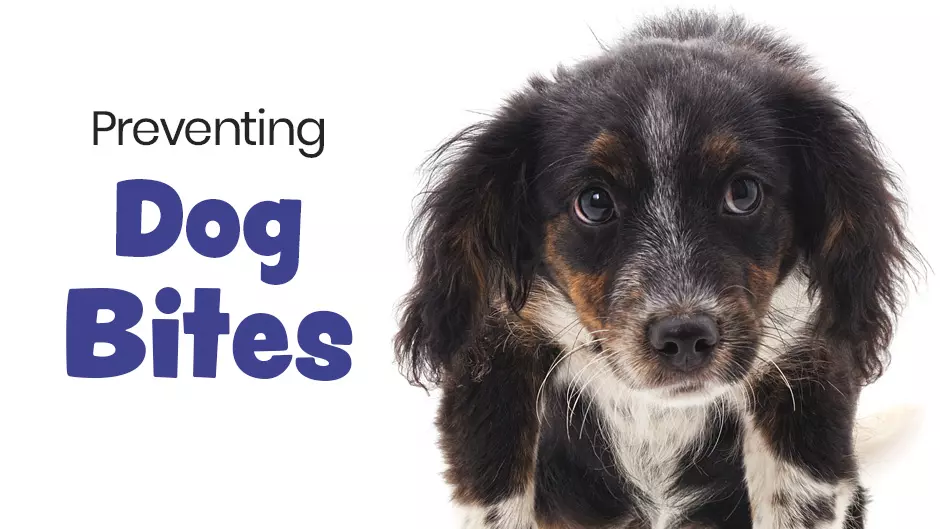How to Recognize a Fearful Dog to Prevent Dog Bites
When it comes to avoiding dog bites, there is one simple solution that can significantly reduce your risk of being bitten: avoid dogs when they feel nervous, fearful, and anxious.
Just last year, 4.5 million American became the unfortunate victims of dog bites. While we are the first to say that dogs are our best friends, some dogs become scared and react by defending themselves or becoming aggressive. And with 78 million dogs in the United States, you're better off safe than sorry.
Recognizing risky situations and the signs of fearful dogs can help reduce dog bites and lead to better relationships with our dogs!
What Causes Some Dogs to Feel Fearful, Stressed, and Anxious?
Even the bravest, most confident dogs can feel fearful or anxious from time to time. Some dogs feel scared when they're ill or injured while others experience anxiety when they're out of their comfort zones. And, of course, some dogs are naturally more anxious or fearful, especially if they've gone through traumatic events before being adopted.
Fortunately for us, fearful dogs almost always exhibit common warning signs that show they're feeling nervous or intimidated. Paying attention to these signals can reduce dog bites and help you avoid becoming a victim.
Recognizing Signs of Fear, Anxiety, and Stress in Dogs
It's important to always monitor children when they're playing with or interacting with dogs. Even your family dog that has never expressed fear can have a bad day or feel under the weather and react in a negative way. Teach your children to watch for signs of a nervous dog and always watch for the following body language signals which indicate a dog is stressed or scared.
- A tail tucked between the legs
- Crouching or getting low
- Lowering their head, often in-line or below their shoulders
- Quick or rapid tail flicks
- Wide eyes with visible eye whites
- Looking away and avoiding eye contact
- Flat ears, often pulled back against the head
- Curling back their lips and showing their teeth
- Raised fur on the back and neck
- Looking around for a way to escape
- Growling
When a dog is afraid, they can respond in irrational ways. This can include biting, having an accident, or whimpering. If you notice a dog exhibiting any signs of fear, it's always best to back away and let them escape. Even if you want to try to comfort your dog, give them time to recuperate and relax before approaching them.
Other Ways to Avoid Dogs Bites
While recognizing a nervous dog can help you and your kids avoid getting bitten, always avoid the following risky situations, too.
- Never pet a dog that's eating.
- Always allow a dog to sniff and greet you before reaching to pet them.
- Don't startle a sleeping dog.
- Keep your distance from a sick or injured dog.
- Be cautious when a dog is guarding a toy or treat.
- Don't approach a growling or barking dog.
- Don't pet a dog that's in a fenced-in backyard or vehicle.
- Always ask permission to pet a dog, and don't pet a dog if its owner isn't present.
Final Thoughts
Trust us when we say that dogs don't want to bite. Dogs that react with fear often rather escape, so give them plenty of opportunity and space to do so. When a dog bites, it's a lose-lose situation for everyone involved. One out of five dog bites requires medical attention, and dogs that bite are often put in quarantine while their owner is left afraid for their pup's fate and responsible for the damages.
Remember that kids are bitten more often than adults, and these bites are frequently more severe. So, always keep an eye on kids when they're playing with pups and dogs.
This spring and summer as you’re out and about more, please keep these tips in mind to have many safe and bite-free adventures together!

Image Credit: Voren1 / iStock / Getty Images Plus

